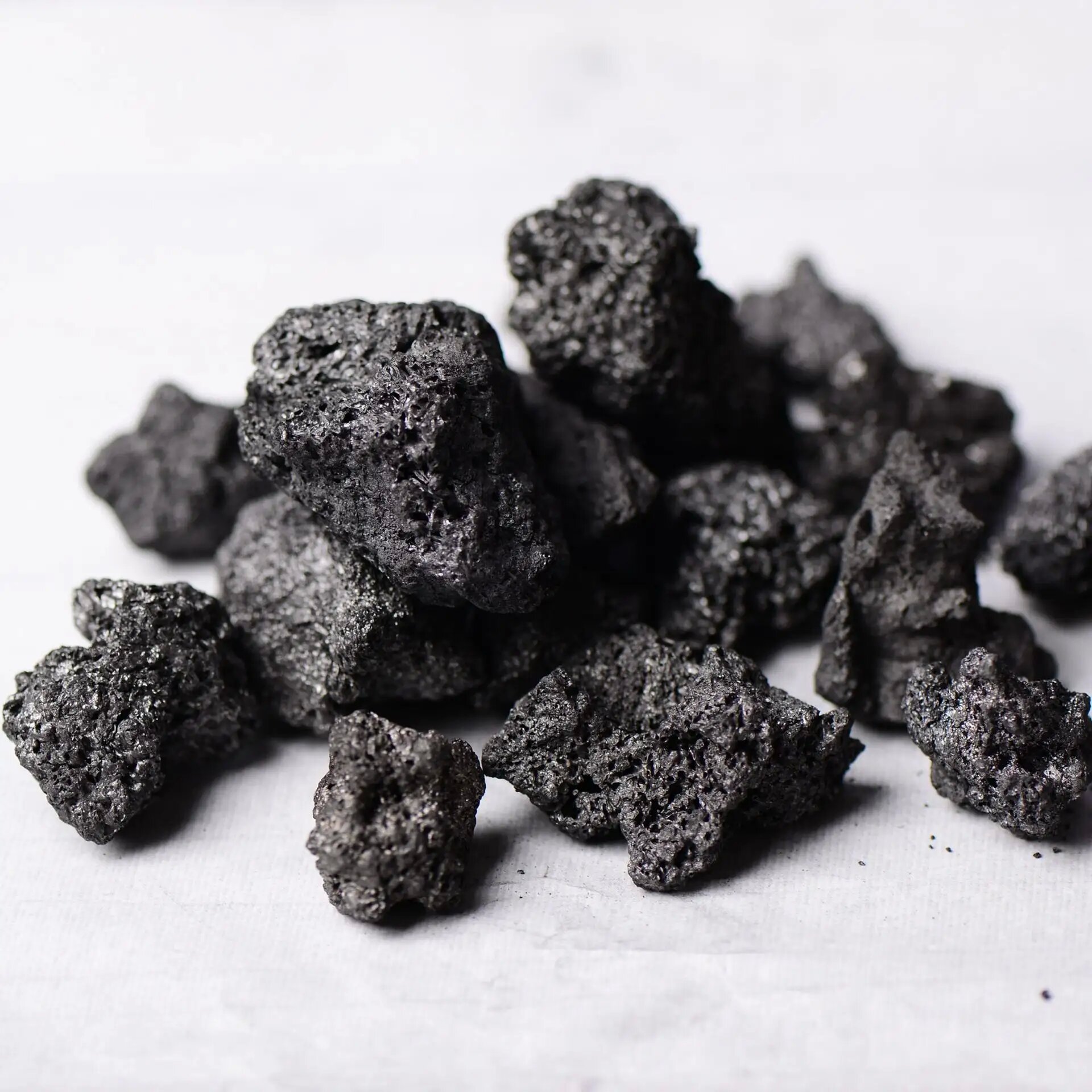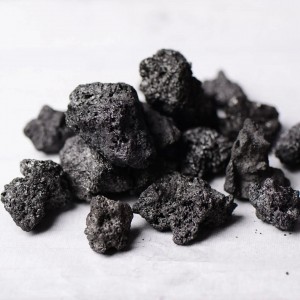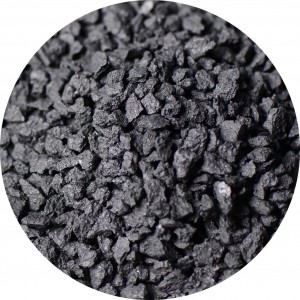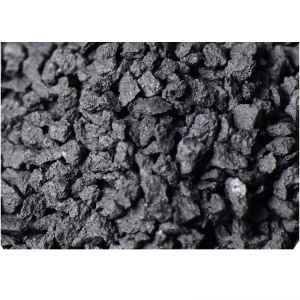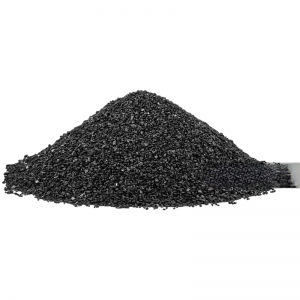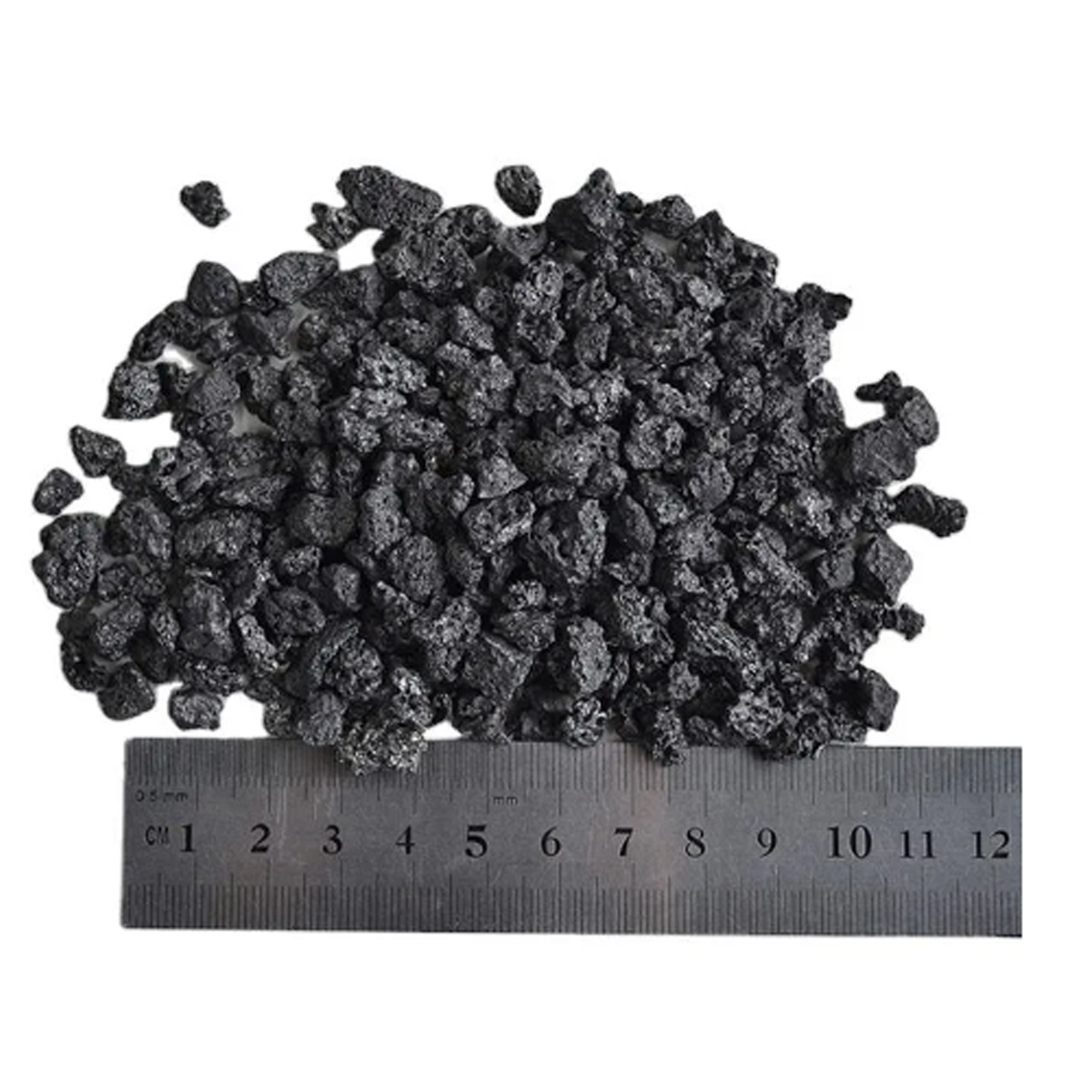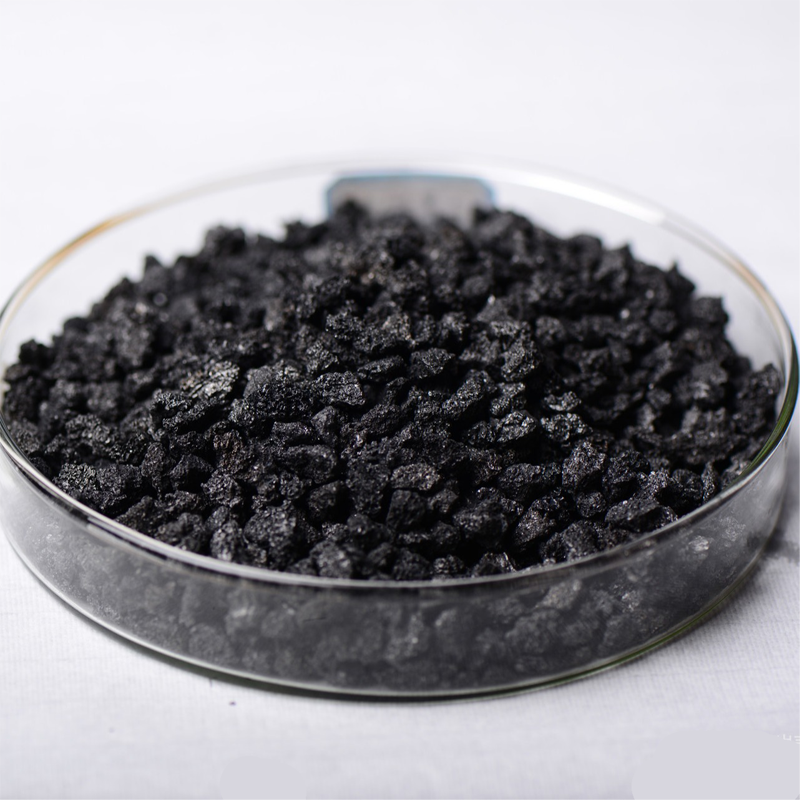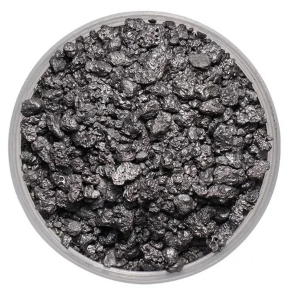The use of carburizing agent
First, the use of carburizing agent in the furnace carburizing method
1. Carbon, as one of the most important elements in cast iron, is more difficult to adjust than other elements. Because carbon is much less dense than liquid iron, absorption efficiency will be very low without strong agitation. Usually in the batching, carbon according to the upper limit of the process requirements, and consider the smelting process of carbon burning compensation, so wait until the metal charge clear, the amount of carbon is basically in the process range, even slightly beyond the upper limit can also be used to add a small amount of (clean, dry) scrap is easy to bring it down, in the electric furnace melting carbon than carburizing operation is much simpler.
2. Feeding sequence
Step 1: First lay a certain amount of return charge (or remaining a small amount of liquid iron) at the bottom of the furnace, so that the new material can be immersed in liquid iron, reduce oxidation.
Step 2: Add scrap steel first, then add carburizing agent. At this time, the melting point of liquid iron is low, which can be quickly melted to improve the height of the liquid level, so that the carburizing agent infiltrates in the liquid iron. The synchronization of carburizing and iron melting does not increase the melting time and consumes less power. Because the reduction capacity of FeO by C is higher than that of Si and Mn, the burning loss of Si and Mn can be reduced by adding carburizer at low temperature. Try to use packaging bags packed with carburizing agent into the electric furnace, do not use a spade pinch into the electric furnace, so as to avoid fine particles being sucked away by the dust collector.
Step 3: The scrap is partially melted and the return charge is added. To ensure that the carburizing agent has been completely absorbed before slagging, at this time, high-power electric furnace (> 600kW/t) is particularly important because the time required for melting the material may be less than the time required for complete absorption of the carburizer. At the same time, the stirring function of electric furnace should be used to the maximum extent in the process of carburizing agent absorption.
Step 4: If the recovery rate of carburizing agent and the control of carbon content of liquid iron are sure, the carburizing agent can be added with scrap once.If not sure can leave 5%~10% of the carburizing agent to join twice. The secondary addition of carburizing agent is fine-tuning carbon (or supplement burned carbon), should be added after the iron liquefier, before joining the liquid iron surface slag raking clean, as far as possible to avoid carburizing agent involved in slag, and then high-power electricity using electric furnace stirring function to improve the absorption rate.
Step 5: Add ferrosilicon and other alloys, sample analysis, adjust the composition, out of the oven. Avoid storing liquid iron at high temperature for a long time. Long-term storage of liquid iron at high temperature (especially long-term insulation above 1450℃) is easy to lead to the oxidation of carbon, the increase of silicon content (silicon dioxide is reduced) and the loss of crystal nuclei in liquid iron.
Two, the use of carburizing agent in the package carburizing method
If it is necessary to carburize in the package, the particle size of 100~300 purpose carburizing agent can be placed at the bottom of the package, and the high temperature liquid iron is directly flushed to the carburizing agent (or added with the liquid iron flow), and the iron is fully stirred after the dissolution and absorption of carbon. The effect of carburizing in the package is not as good as that in the furnace, and the absorption rate is difficult to control. Regardless of the use of a carburizing agent or carburizing method should be determined through the production test carburizing process and absorption rate process once determined, do not easily replace the type of carburizing agent and origin, if you want to change it must pass the production verification again.




 Quote Now
Quote Now